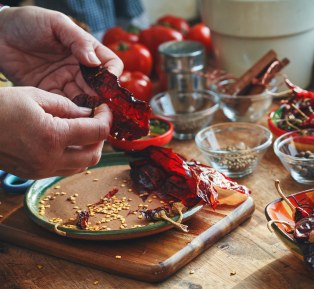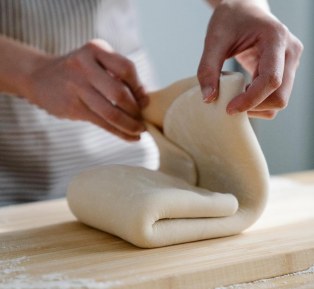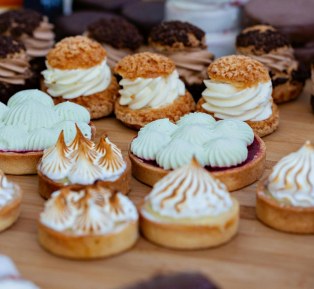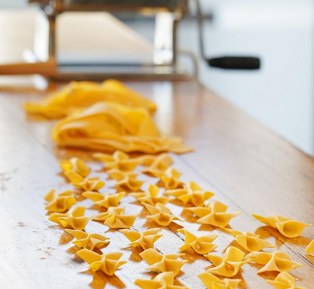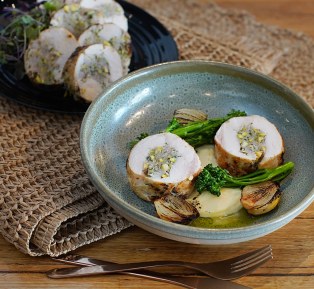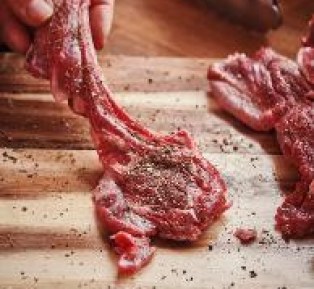
Culinary Inspiration by Otao Kitchen
Cook . Connect. Celebrate
At Otao Kitchen, we believe cooking is one of the most powerful ways to connect—with yourself, your loved ones, and the world around you. It can put a smile on your face, bring family and friends together, and create memories that last a lifetime.
But cooking is more than just connection—what you choose to cook and eat impacts your health and the health of the planet. That’s why we’re passionate about making it as easy and enjoyable as possible for everyone to experience the joy of good, home-cooked food.
“Cook to Connect” is at the core of everything we do. Through our blog, food experiences, and global travel inspiration, we explore the deep relationships between cuisine, culture, and community. From vibrant street food across the globe to time-honoured family recipes passed through generations, we share with you the stories, flavours, and traditions that shape the way the world eats.
Here, you’ll find:
Practical cooking tips and techniques
Authentic global recipes
Cultural and culinary insights
Event planning advice
Kid-friendly cooking inspiration
Travel stories and destination food guides
Seasonal celebrations and global food festivals
Whether you're in your home kitchen or exploring a faraway land, we’re here to help you cook with purpose—and connect with the world through food.
7 Secrets to Making Perfect Bakery-Style Chunky Cookies
Chunky cookies with crisp edges and soft centres have a special appeal. Re-creating that bakery texture at home calls for careful attention to technique rather than complicated tricks. Ingredient choices, mixing habits, and temperature control all shape how a cookie looks and tastes. The following seven sections outline practical ways to produce generous cookies with consistent results.
.
The Best 2025 Christmas Gifts for Foodies and Experience Seekers in Melbourne
If you’ve ever watched a well-meant present gather dust, you know the problem. This year, skip the shelf-fillers and give something people will talk about long after Christmas dinner.
DIY Mooncake Boxes: Creative Gift Ideas for Friends and Family
The Mid-Autumn Festival is more than just a date on the calendar—it’s a celebration of family, unity, and traditions passed down through generations. And at the heart of this festival sits the mooncake: round, rich, and full of meaning. But here’s the thing: while mooncakes are delicious, how you present them matters just as much as what’s inside.
How to Make Traditional Mooncake Recipe (With and Without Salted Eggs)
When you think of the Mid-Autumn Festival, the first image that comes to mind is probably a golden mooncake. These round pastries are more than just sweets—they carry centuries of tradition, family togetherness, and cultural symbolism.
How to Host a Mid-Autumn Festival Party with DIY Mooncakes
The Mid-Autumn Festival is one of the most beautiful celebrations in Asian culture—a time for family reunions, moon-gazing, and of course, sharing mooncakes. It’s a festival that’s all about togetherness, and what better way to celebrate than by hosting your own party?
Creative Mooncake Flavors You Can Try at Home
Mooncakes are one of the most iconic treats of the Mid-Autumn Festival. Traditionally filled with lotus seed paste or red bean and sometimes paired with salted egg yolk, they’ve been enjoyed for centuries as symbols of reunion and harmony.
7 Mooncake Flavors and How to Make Them
When you think of the Mid-Autumn Festival, the first image that probably comes to mind is the mooncake. These round pastries, often beautifully stamped with patterns, are more than just desserts—they’re symbols of reunion, tradition, and celebration.
A Food Lover’s Guide to Asian Festival Desserts
Across Asia, festivals are as much about food as they are about tradition. While savory dishes often take the spotlight, it’s the sweets and desserts that bring people together, mark new beginnings, and sweeten the celebrations.
How to Make Mooncake with Easy Recipes
If you’ve ever wandered through an Asian bakery or seen people celebrating the Mid-Autumn Festival, chances are you’ve come across mooncakes. They’re round, golden pastries often beautifully stamped with intricate designs—and they’re so much more than just a sweet treat.
You may also want to try
Fold & Flow - MFWF
2 Hours
$157
The Confident Home Chef – Sauces, Fermentation & Pickling Workshop
1 Day (9-4pm)
$745
The Confident Home Chef – Bakery Specialties Workshop
1 Day (9-4pm)
$745
The Confident Home Chef – Pastry Specialties Workshop
2 Days (9-4pm)
$745
The Confident Home Chef – Vegetable & Plant-Based Cooking Workshop
1 Day (9-4pm)
$745
The Confident Home Chef – Seafood Mastery Workshop
24 Hours
$745
The Confident Home Chef – Poultry Essential Workshop
1 Day (9-4pm)
$745
The Confident Home Chef – Pork & Game Essentials Workshop
1 Day (9-4pm)
$745
The Confident Home Chef – Beef & Lamb Essentials Workshop
1 Day (9-4pm)
$745

.jpeg)

.jpeg)






